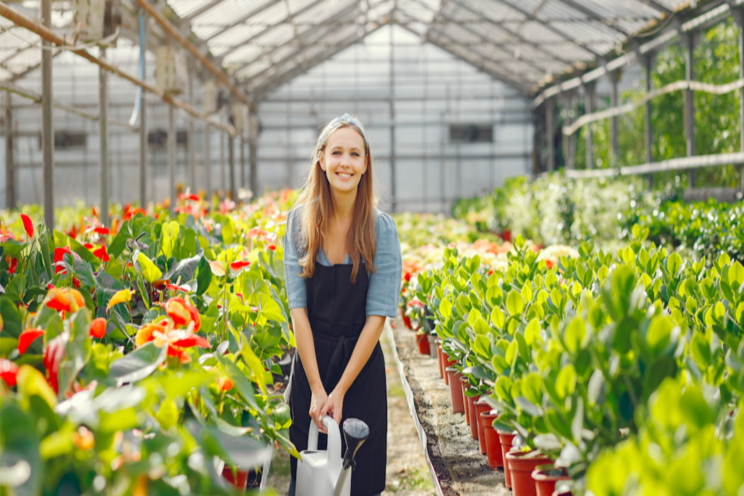The value of greenhouse produce has increased during COVID-19
Added on 09 August 2020


Photo Courtesy of Greenhouse Grower
"Not only does field production of leafy greens have a longer supply chain than greenhouse production, it also has more vulnerability to pathogens," Lightfoot said during the panel, which was moderated by Marni Karlin, Executive Director of the CEA Food Safety Coalition. "CEA growers don't have many of these same structural challenges, so our starting point creates an inherent advantage."
The current labor situation represents another advantage.
"COVID-19 has made farm labor shortages even worse, and the problem for field growers who rely on migrant farm workers is that even when the pandemic ends, our borders will likely be less open than they used to be," Lightfoot said. "We rely more on year-round domestic labor, and our automated environments are also an asset."
The coronavirus pandemic also has made brought to light the need for a secure food supply chain.
"Any disruptions can lead to huge problems, and the fragility of the field-grown produce market has already been tested in recent years," Lightfoot said. "Because our industry tends to be more vertically integrated, we rely less on the distribution chain. If something goes wrong, we can pinpoint the source of the problem much quicker.
These competitive advantages have become quite clear during the pandemic.
"During COVID-19, we've seen a tripling in demand from retailers," said Shireen Santosham of San Francisco-based Plenty.
However, Santosham warns that with COVID-19 hotspots shifting to rural areas, these market disruptions will continue. Despite the opportunities this presents for CEA production, she says growers should remain informed and trust their team to do its job.
When it comes to consumer engagement and confidence, Carmela Cugini of Bowery Farming says operations in the middle of cities can directly highlight the value of protected produce.
"There is heightened awareness right now of the need for fresh, local produce," Cugini said. "When COVID-19 hit, we were still able to sell direct into stores, while meeting their food safety needs.
Lightfoot says the fresh tomato market tells the clearest story right now.
"It's hard to find fresh tomatoes today that were not grown in a greenhouse," he says. "Things that were already destined to succeed have accelerated during the pandemic. We're seeing category growth everywhere we go."
Editor's Note: This article is the final part of a three-part series on food safety concerns in the production of leafy greens in a controlled environment. Click here to check out Part One of the series, which covered the formation of the CEA Food Safety Coalition; and click here for Part Two, which focused on how leafy greens growers have turned food safety challenges into opportunities.
Source: Greenhouse Grower
Photo: <a href='https://www.freepik.com/photos/flower'>Flower photo created by prostooleh - www.freepik.com</a>
Source: Greenhouse Grower
More news















